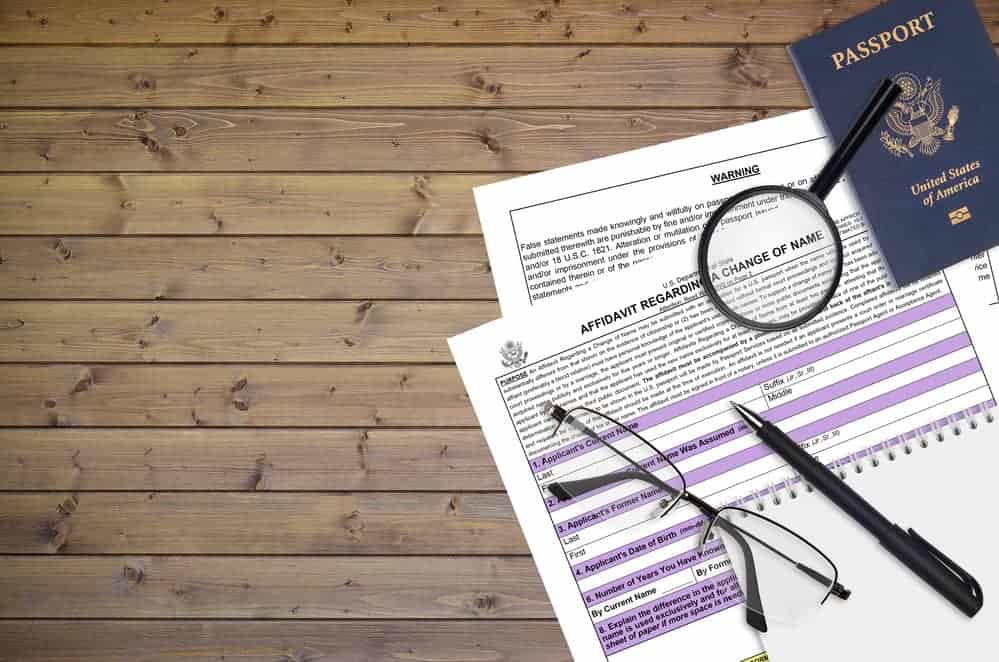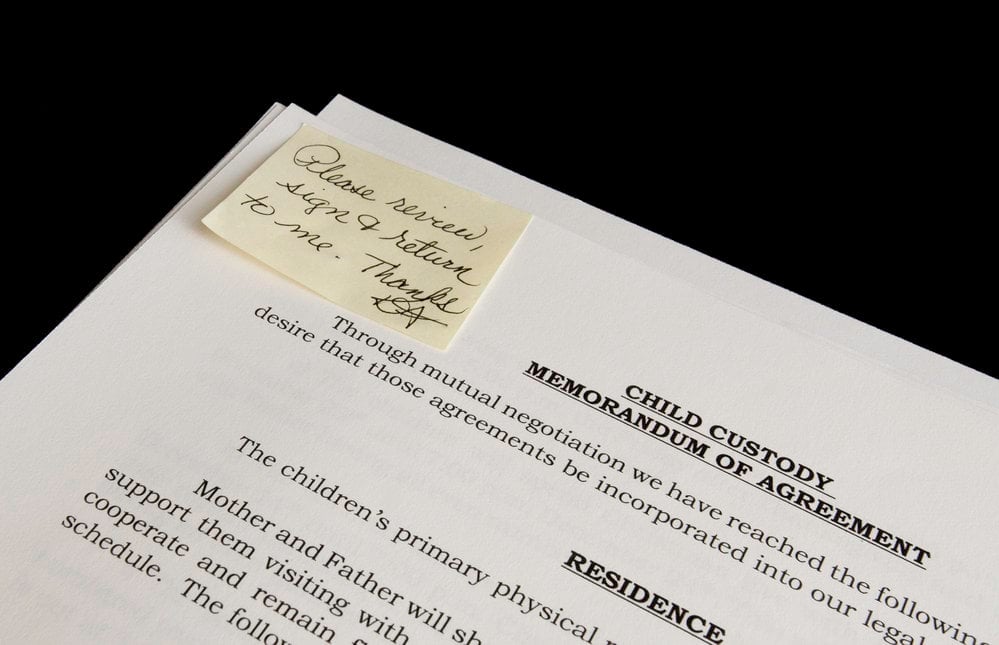Many individuals may question whether they want to change their names for various reasons, such as personal preference, privacy, or a new chapter in life. One question often arises is the legal age requirement to initiate this process. Understanding age limitations is essential when navigating the name change process in any country or state, as these rules vary and may require different forms of documentation and permissions.
In general, individuals need to reach the legal age of adulthood to change their name without any restrictions independently. This threshold is typically set at 18 years old, coinciding with the individual’s ability to make significant legal decisions in many jurisdictions. However, some regional exceptions and specific procedures, such as parental consent or court involvement, must be considered. Therefore, familiarizing oneself with the specific laws and regulations in one’s region is crucial for a smooth and successful name-change outcome.
Different countries and states have unique name change laws, with some jurisdictions imposing additional requirements or procedures. For example, under United States laws, minors can have their name changed through their parents or legal guardians with a court order, offering a route to a name change before reaching the age of majority. Researching laws applicable to the specific area and taking the necessary steps to comply with these regulations will ensure a clear path to completing a name change at any age.
Age Requirements for Name Change
Adults
Generally, adults (18 years and older) can change their name without any restrictions if it is not for fraudulent or illegal purposes. The process typically involves:
- Filing a petition with the local court
- Paying the required fees
- In some cases, publishing a notice in a local newspaper
- Attending a hearing and presenting the reasons for the change
Each jurisdiction has its procedures and requirements, so checking your state or country’s specific laws is essential.
Minors
For minors (under 18 years of age), the process of changing a name is more complex, often involving the consent of both parents. Here are some key points:
- 16 or 17 years old: In many jurisdictions, minors of this age can apply for a name change with the consent of a parent or legal guardian.
- Child name change: For children under 16, their parent or legal guardian must initiate the process on their behalf, often requiring consent from both parents.
- Consent: The consent of both parents is typically needed for a child’s name change. If one parent objects, the court may still approve the change under certain circumstances, such as the child’s best interest.
Remember that laws and procedures may vary by jurisdiction, so it is crucial to research and understand your specific location’s requirements.
Legal Name Change Process

Petition for Name Change
The legal name change process begins with individuals completing a petition for a name change. This document typically asks for the petitioner’s current name, desired new name, reasons for the change, and personal information, such as their address and date of birth. Most jurisdictions also require a filing fee, which can vary depending on the location.
Filing the Paperwork
Once the petition is completed, it must be filed with the appropriate court. This generally involves submitting the petition and the necessary fees and identification to the court clerk. Additionally, some jurisdictions may require specific forms to be completed and provided to the court. LegalZoom and other online legal services can often assist with this process by providing the required forms and guidance on filing procedures.
Court Hearing
After submitting the necessary paperwork, petitioners are typically scheduled for a court hearing with a judge. During this hearing, the judge will review the petition and ask relevant questions to ensure the name change request is valid and complies with the law. If any objections are raised, the petitioner may need to present evidence or arguments to support their request.
Publication Requirements
Many jurisdictions require the name change petition to be advertised in a local newspaper. This publication serves as a notice to the public, allowing any interested parties to file objections with the court before the hearing. Following the publication, petitioners must submit an affidavit confirming that the notice was published correctly and for the required duration.
Once the entire legal process has been completed and the judge approves the name change, a court order will be issued. This official document serves as proof of the new name and should be used to update all pertinent records, such as social security cards, driver’s licenses, and passports. Obtaining several certified court order copies is generally advised, as some institutions may require an original to update their records.
Throughout the name change process, it’s essential to follow all local regulations and procedures. By staying informed and properly submitting all required documentation, individuals can successfully navigate the legal process and officially change their surname according to their desires.
Reasons for Name Change
Marriage
Many individuals choose to change their surnames upon getting married. It is a tradition that has been followed for centuries, where typically, one partner takes the other’s name as a symbol of unity. In addition, some couples hyphenate their last names or even create a new name using a combination of their surnames.
Divorce
Another common reason for changing one’s name is divorce. In some cases, individuals decide to revert to using their maiden name or any previous name after the dissolution of a marriage. This can be done to mark the end of that chapter in their lives and embrace a fresh start.
Changing a Child’s Name
Parents may wish to change their child’s name for various reasons, such as cultural considerations, personal preference, or adoption. In most jurisdictions, there are specific legal processes to follow when changing a minor’s name, which typically involves obtaining the consent of both parents.
Transgender
For transgender individuals, changing their names is often essential to affirming their gender identity. In addition, a name change can be crucial in reflecting an individual’s true self and ensuring that others acknowledge and treat them with respect.
Other Reasons
There are many other reasons someone might choose to change their name, including:
- Simplifying a difficult-to-pronounce or spell name
- Taking on a new name that better reflects their personal beliefs or values
- Distancing themselves from family members or negative past associations
- Changing their name due to a religious conversion
In conclusion, name changes occur for many reasons, from marriage and divorce to personal preferences and affirming one’s identity. In all these situations, the process helps people take control of their lives and embrace their chosen identities.
Frequently Asked Questions
At what age can someone legally change their name?
In most jurisdictions, an individual can legally change their name once they reach the age of 18, which is considered the age of majority. However, in some cases, exceptions may be made for minors with parental consent or through a court order.
What is the general process for changing a name?
The process for changing a name varies depending on the jurisdiction but generally involves the following steps:
- Complete the necessary forms: Applicants must obtain and fill out the appropriate forms required by their jurisdiction. These include a name change application and supporting documentation, such as proof of identity or residency.
- Submit the forms and pay the fee: Applicants must submit the completed forms to the appropriate government agency or court, along with any required fees. Fees can vary depending on the jurisdiction.
- Publish the name change (if required): Some jurisdictions require individuals to publish their intent to change their name in a local newspaper, allowing others to object to the change.
- Obtain an updated birth certificate or court order: Once the name change has been approved, applicants will usually need to obtain an updated birth certificate or a court order certifying the name change.
- Update other documents: With updated identification, individuals must update their names on all other essential documents, such as passports, driver’s licenses, and bank accounts.
Can children change their names?
Children can change their names, but the process usually requires parental consent and involves a court order. The specific requirements may vary depending on the jurisdiction.
Are there any restrictions on name changes?
Yes, most jurisdictions have restrictions on name changes. Some common restrictions include the following:
- Prohibiting names that are vulgar or offensive
- Prohibiting names that are intentionally confusing or have an improper intent
- Prohibiting names that imply a relationship or association that does not exist
- Limiting the number of times, a person can change their name
It’s essential to check the specific rules and regulations for name changes in your jurisdiction to ensure compliance.



